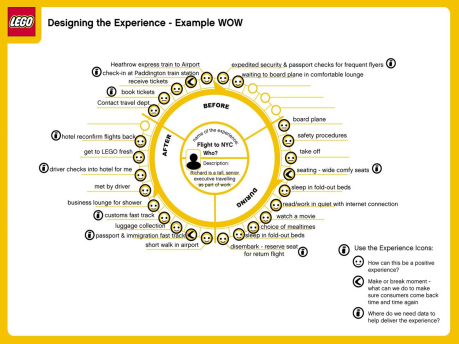It’s All About Your Customer’s Journey
March 4, 2010 10 Comments
Stanley Marcus, who was president and chairman of the board of Neiman Marcus, was once quoted as saying:
Consumers are statistics. Customers are people.
Unfortunately, the normal day-to-day activities inside of companies make it very easy for all employees to forget this critical fact. So, over time, the decisions that companies make end up straying farther and farther away from addressing the actual needs of customers. I often describe this phenomenon by saying that companies are from Venus and customers are from Mars.
That’s why companies need to use tools and processes that reinforce an understanding of actual customer needs. One of the key tools in this area is something called a customer journey map (also known as a touchpoint map). Used appropriately, these maps can shift a company’s perspective from inside-out to outside-in.
I recently published (with a lot of help from Andrew McInnes, a researcher on our team) a report called Mapping The Customer Journey that examined best practices for building a customer journey map. The report defined these 5 steps for creating a customer journey map:
It turns out that one of my most-read posts over this past year contained this example of a customer journey map from Lego:
In addition to defining the process for creating these customer journey maps, the research also identified three areas that are critical for making them valuable:
- Widely sharing customer journey maps. To set the stage for companywide improvements, firms need to share insights from customer journey maps with stakeholders across the company.
- Taking action on the insight. Customer experience executives need to methodically identify and prioritize opportunities, while drawing on executive support and past successes to move their organizations forward.
- Sustaining the learnings over time. To keep journey maps alive, firms need to identify journey map owners and monitor customer feedback and organizational progress over time.
The bottom line: Your job is to enable your customers’ journey.


